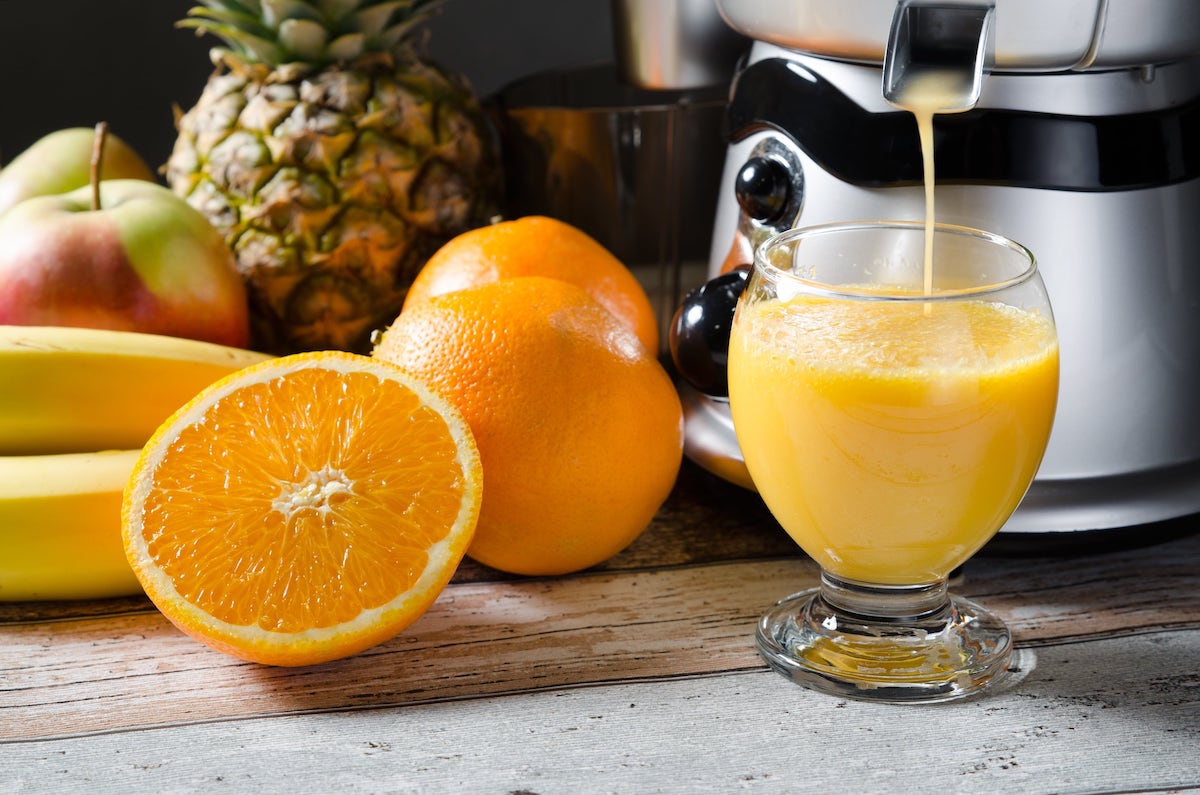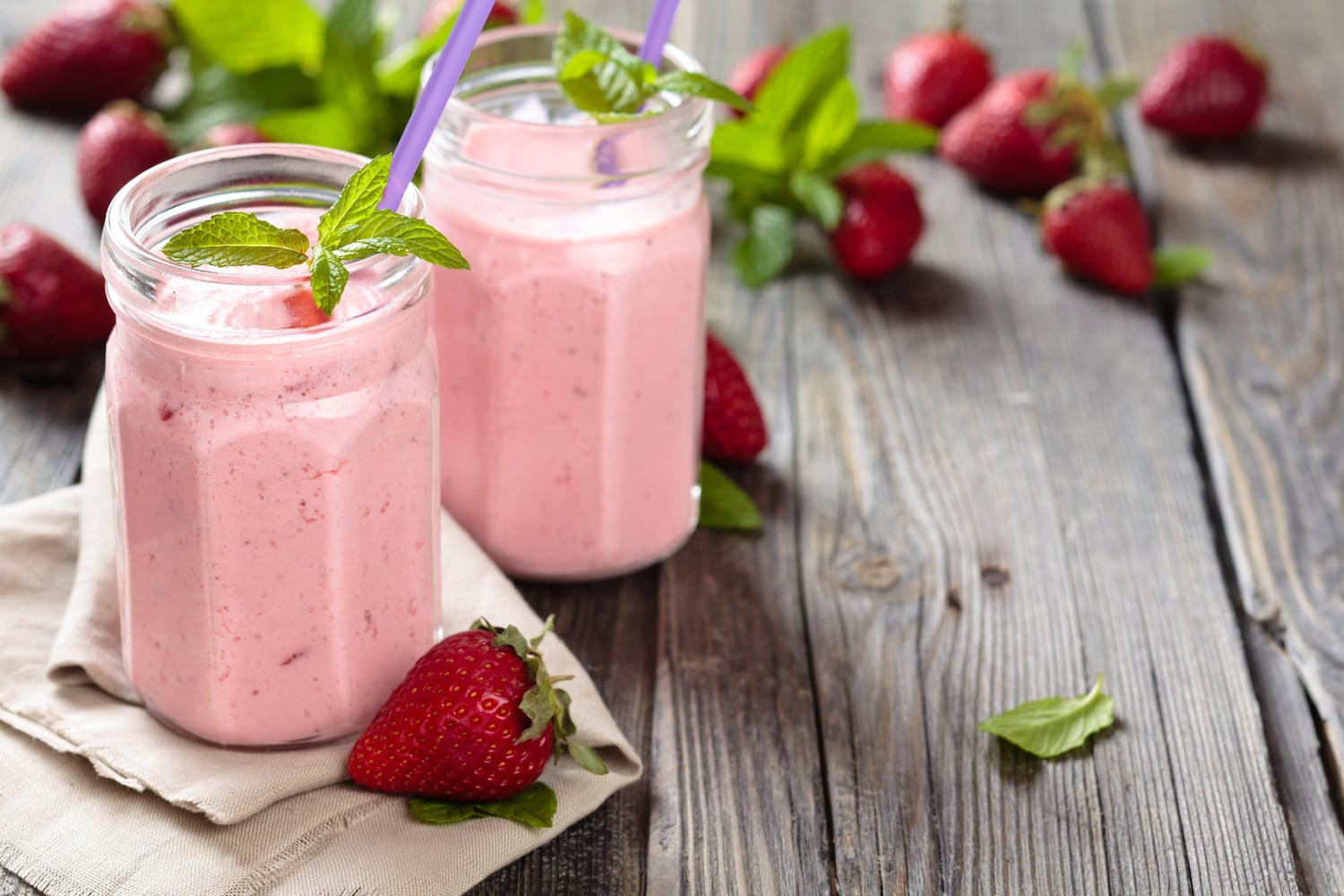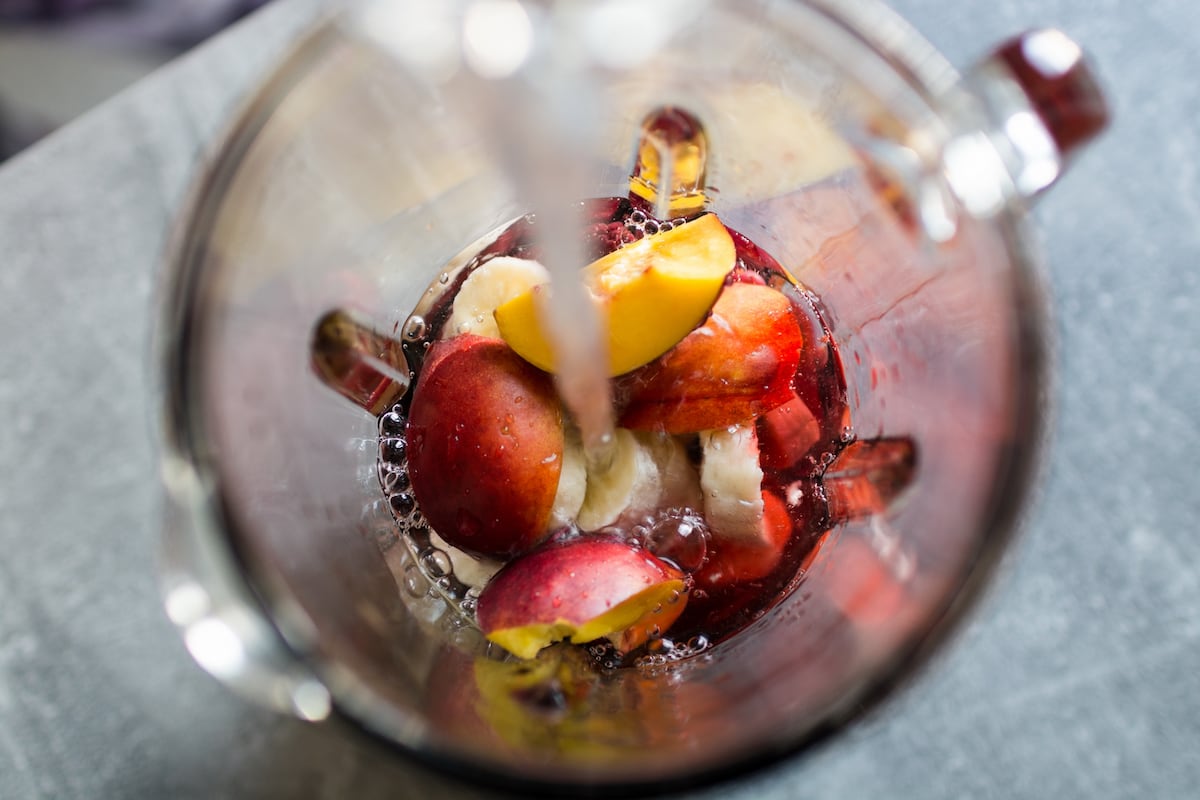It's often quite difficult to get enough fruits and vegetables in your daily diet. This is exactly where juicing and blending can help. A blender or slow juicer makes it much easier to reach the recommended amount. But what's the difference between a blender and a slow juicer?
The Netherlands Nutrition Board recommends consuming at least 250 grams of vegetables and 200 grams of fruit daily. Despite our increased awareness of healthy eating in recent years, the average Dutch person still doesn't eat enough fruit and vegetables .
Blenders and slow juicers are incredibly popular among people with healthy lifestyles. By turning all those fruits and vegetables into delicious juices or smoothies, it's often effortless to reach your RDA for fruits and vegetables.
The differences between blenders and slow juicers
There are differences between a blender and a slow juicer. They're completely different appliances and work differently. Let's take a look at the advantages and disadvantages.
Benefits of a blender
Both blending and juicing grind and pulverize the fruit. A juicer separates the juice from the pulp, which can then be discarded. The difference between a slow juicer and a blender is that the latter uses the whole fruit. And that's a good thing, because the pulp is very rich in fiber. Blended fruits and vegetables still contain their fiber—an important nutrient for healthy digestion and helpful in preventing a whole range of chronic diseases.
[product=bar-blender-digital]
The Hendi Bar Blender is very user-friendly thanks to its touchscreen control panel. The pulse function provides extra power when needed, while the safety lock ensures the blender only works when the jug is properly inserted.
[/product]
The pulp that isn't used in juicing, but is used in blending, also contains an abundance of flavonoids. This is a powerful antioxidant essential for vitamin C metabolism.
A major difference from a juicer is that a blender is also easier to clean . A blender doesn't have many separate parts that you have to take apart, scrub, and reassemble. You can easily clean a blender in seconds.
Disadvantages of a blender
While they don't spike your blood sugar as quickly as most juices, a sweet smoothie from a blender can still cause higher blood glucose levels and thus contribute to metabolic syndrome. A smoothie is liquid and can be consumed quickly, making it a risk for consuming too many calories.
We humans are designed to chew our food thoroughly and slowly. The fruits, roots, and leaves our early ancestors ate were significantly richer in fiber than the soft peaches, strawberries, and apples we eat today. Smoothies do an even better job of eliminating the need to chew our food. If your daily diet consisted almost entirely of smoothies, it could weaken your jaw muscles. Moreover, chewing plays a crucial role in feeling full.
When you make your own smoothies with a blender, you have complete control over the ingredients you use. Buying a pre-made smoothie from the store, of course, doesn't offer that. These smoothies are often loaded with additives, such as fructose, artificial colors, and flavors. So, if you enjoy smoothies, it's best to make them yourself.
Benefits of a slow juicer
Juicing allows you to ensure a high nutrient concentration, because most vitamins and minerals are found in the juice itself, not the pulp. Using a slow juicer also allows you to get more antioxidants and vitamins. A difference between a blender and a slow juicer is that juice from a juicer is more easily digestible for people with digestive problems. This makes it easier to absorb nutrients from the juice.
This is because fiber binds the sugars in fruits and vegetables and slows digestion. Juice from a juicer will therefore provide a faster energy boost. Athletes will therefore benefit more from a juice just before a performance. Beetroot juice and cherry juice, incidentally, offer athletes the most benefits.
Disadvantages of a slow juicer
Juicing isn't all roses and sunshine. As we mentioned before, juicing removes the vast majority of the fiber from the drink, which causes the sugars in fruits and vegetables to be absorbed very quickly. This can cause your blood sugar levels to spike quickly, but can also drop quickly. This, in turn, can cause all sorts of problems.
Another difference between a slow juicer and a blender is that juice from a juicer doesn't leave you feeling as full as a smoothie from a blender. Therefore, it's easy to consume too much juice. This can be a problem if you drink a lot of juice made from sugary fruits and vegetables. However, homemade juice is still much healthier than store-bought juice. Store-bought juice contains many unhealthy additives and can't really be called healthy.
A juicer removes almost all the fiber from the drink. The pulp is collected and discarded afterward. This is a disadvantage compared to a blender, as it removes many of the good nutrients.
The difference between blenders and slow juicers
Plant-based diets are incredibly healthy. We should all definitely eat more fruits and vegetables. Both blenders and slow juicers can play a vital role in your daily quest to get enough healthy nutrients. While you miss out on the benefit of chewing food, both slow juicers and blenders can play a vital role in ensuring you get enough vitamins, minerals, and antioxidants every day.
A major difference between slow juicers and blenders is the difference in fiber content in the final product. A slow juicer captures all the pulp. A blender pulverizes the whole fruit, leaving the fiber in the final product. This makes juice from a blender more nutritious, while juice from a slow juicer is easier to consume.
In any case, the fact remains that for most people, both the slow juicer and the blender are valuable additions to increase the daily amount of fruit and vegetables they eat.



Leave a comment
This site is protected by hCaptcha and the hCaptcha Privacy Policy and Terms of Service apply.